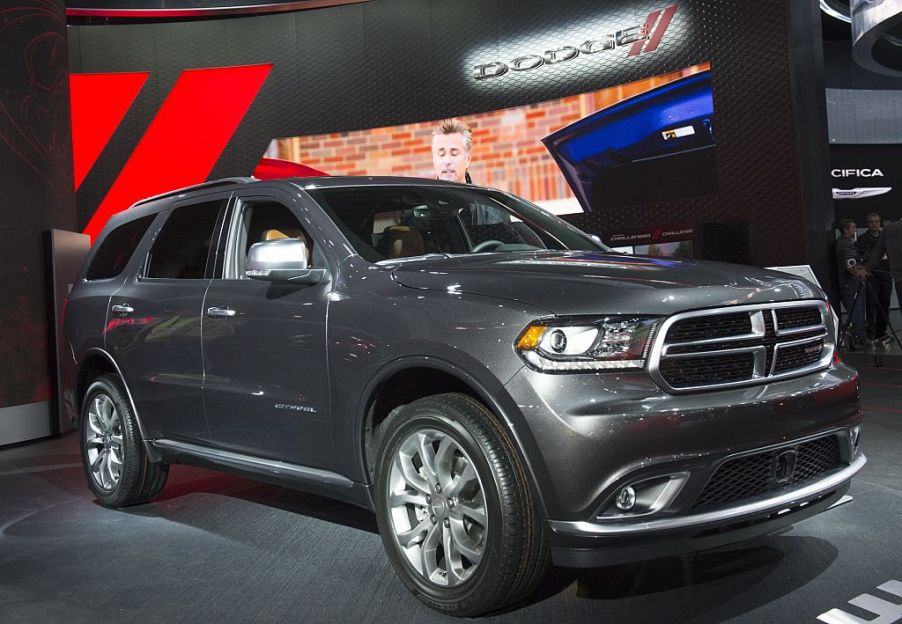
The Worst Dodge Durango Problems Owners Face
Today’s Dodge Durango is a boldly styled midsize SUV with a lot to offer. You can fit five to seven passengers in it and tow as much as 7,200 pounds. Its styling cues and throwback high-displacement engines call to mind the muscular performance cars Dodge also offers. With its athletic powertrains and its overall cool factor, the Durango is a pretty appealing choice for those shopping for a quality SUV.
Cool as it is today, the Dodge Durango hasn’t been without its problems. What are the worst problems experienced by Dodge Durango owners? What models were affected?
The Dodge Durango’s engine failure
The top complaint about the Dodge Durango is a good one. According to consumer site CarComplaints.com, the engine failure problem began with the second generation. There were many complaints about 2004 to 2006 models surrounding electrical overloads in the instrument panel on the driver’s side. There were many reports of interior fires as a result of the issue. When it happened with increasing frequency, FCA finally issued a recall.
On average, the problem showed up around 114,500 miles and involves replacing the engine often for an average cost of $5,000. On Car Complaints’ severity scale of one to 10, it earned a 9.4, or “really awful.”
To add insult to injury, owners of the recalled vehicles were allegedly treated poorly by the automaker. One owner explained that their dealings with FCA were “rude and hostile,” and they were offered a mere $2,000 as a settlement under NADA retail.
TIPM failure
The distribution box for almost the entire electrical system in later model FCA vehicles is the Totally Integrated Power Module (TIPM). A defective TIPM was a problem that widely plagued the third generation of the Durango, particularly the 2011 and 2012 models. The TIPM controls and delivers power to all the vehicle’s electrical systems.
When the TIPM doesn’t work, your engine can stall, the horn can go off randomly, or it could trigger your airbags into deployment. On average, the problem surfaced around 56,550 miles and cost as much as $1,250 for the repair, which involves replacing the TIPM. On Car Complaints’ severity scale it earned an 8.2, or “pretty bad.”
One Illinois owner found themselves facing the problem the second time they drove their Durango. The power steering and brakes went out just before the vehicle was about to die. They were able to get the SUV off the road and bring it to a stop before totally losing power. They were left stranded.
The Dodge Durango’s oil sludge
The build-up of sludge in the engine was another problem that Dodge Durango owners have had to deal with no matter how many times they change the oil or try an enhancer. The 2000 Durango models garnered the most complaints though owners were told that the problem was common in models from 1997 to 2003.
On average, the problem surfaced around 96,400 miles and cost as much as $3,880 for the repair which involved engine flushing, replacing parts, or replacing the entire engine. On Car Complaints’ severity scale it earned a 9.5, or “really awful.”
One California owner reported being unable to find a solution no matter what they tried. They explained that they could check the oil a day after an oil change and found it black as if it hadn’t been changed at all. They said the oil pressure would drop as much as 10 pounds when they drove up an incline. Finally, their engine blew, and they didn’t have $5,000 for the repair.
If you’re looking for a good midsize SUV and have your heart set on a Dodge Durango, do your homework and ensure there are no major problems with the model you’re interested in buying. Otherwise, you might consider a Hyundai Santa Fe or a Kia Telluride.


